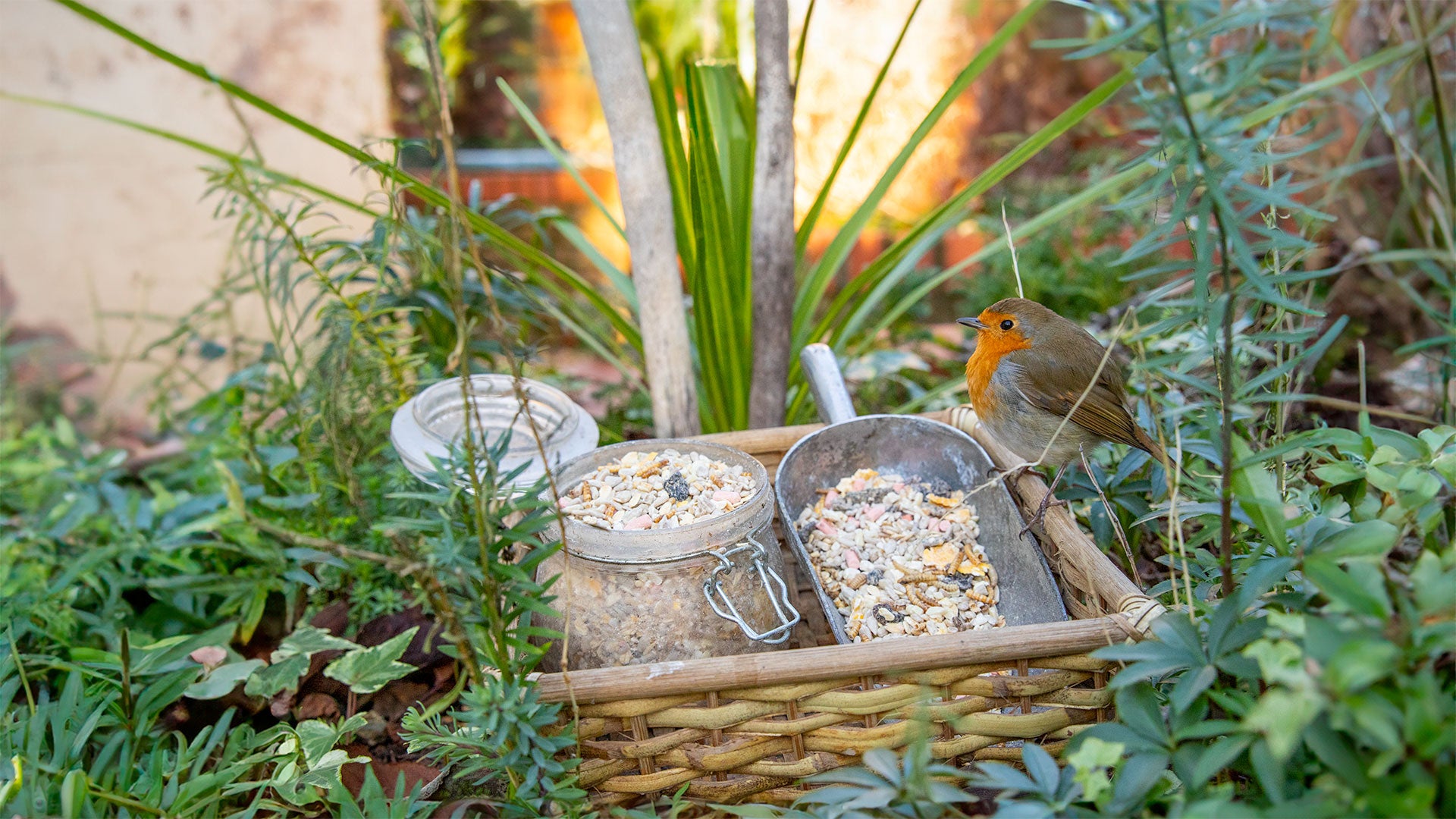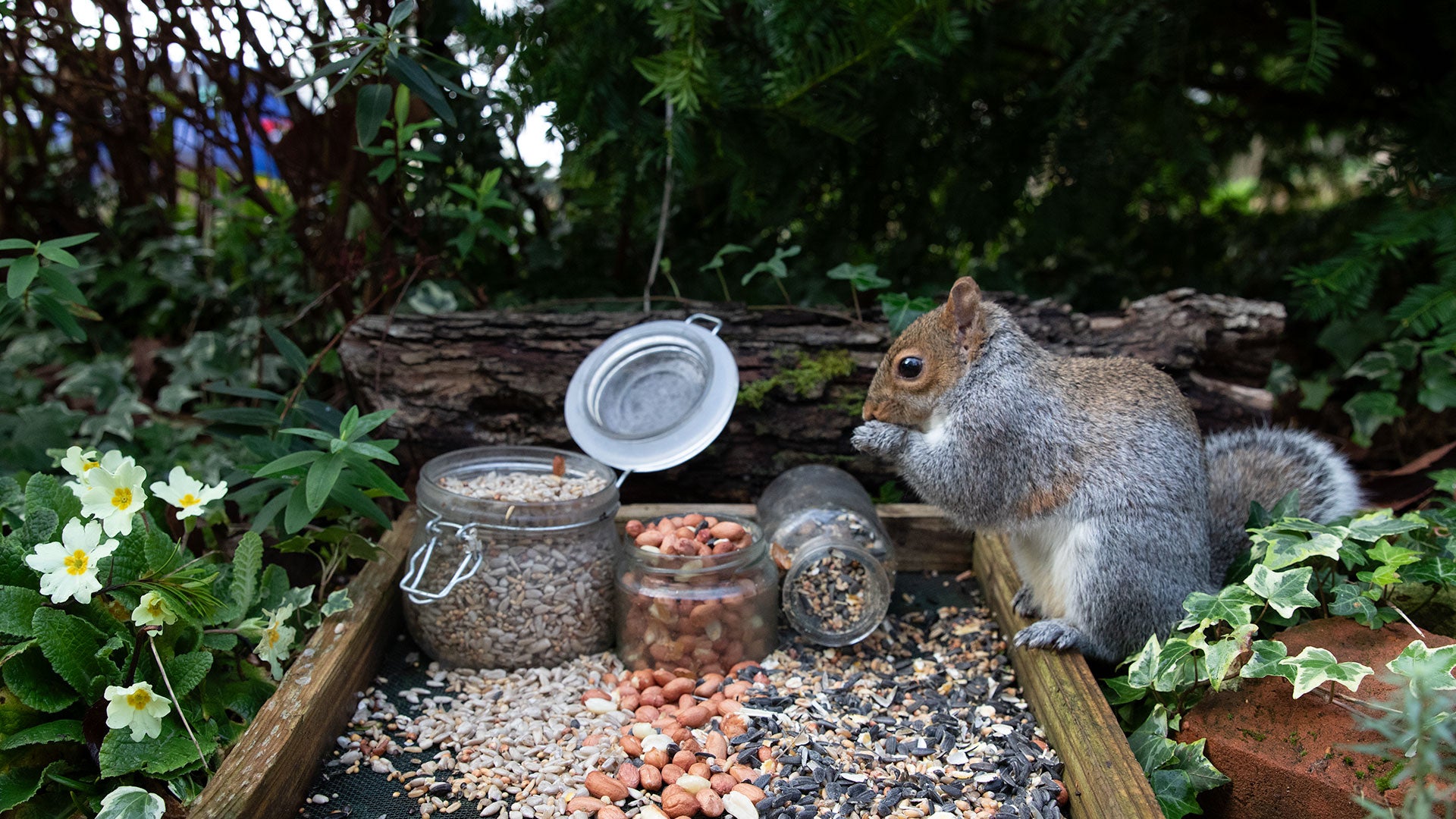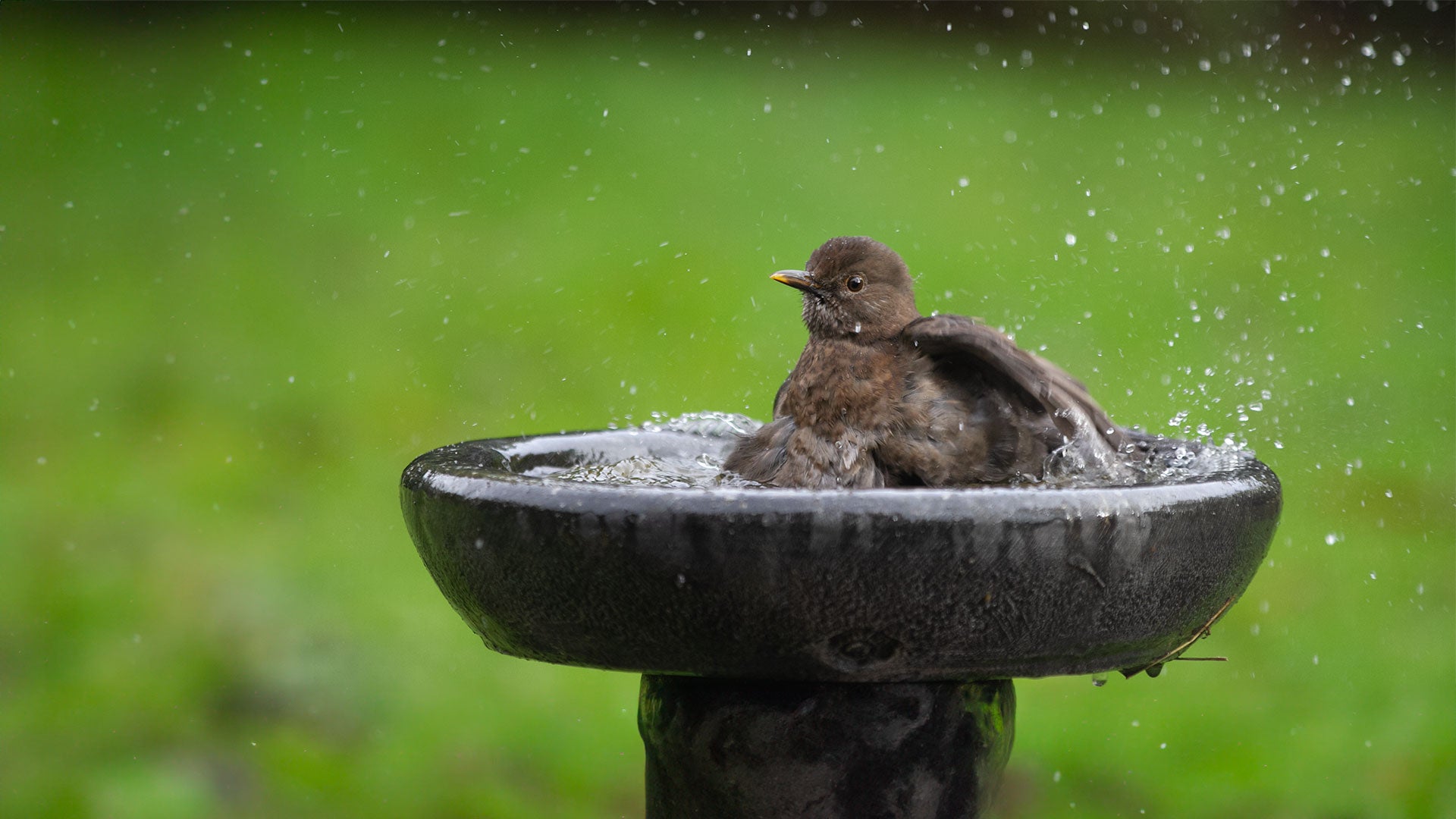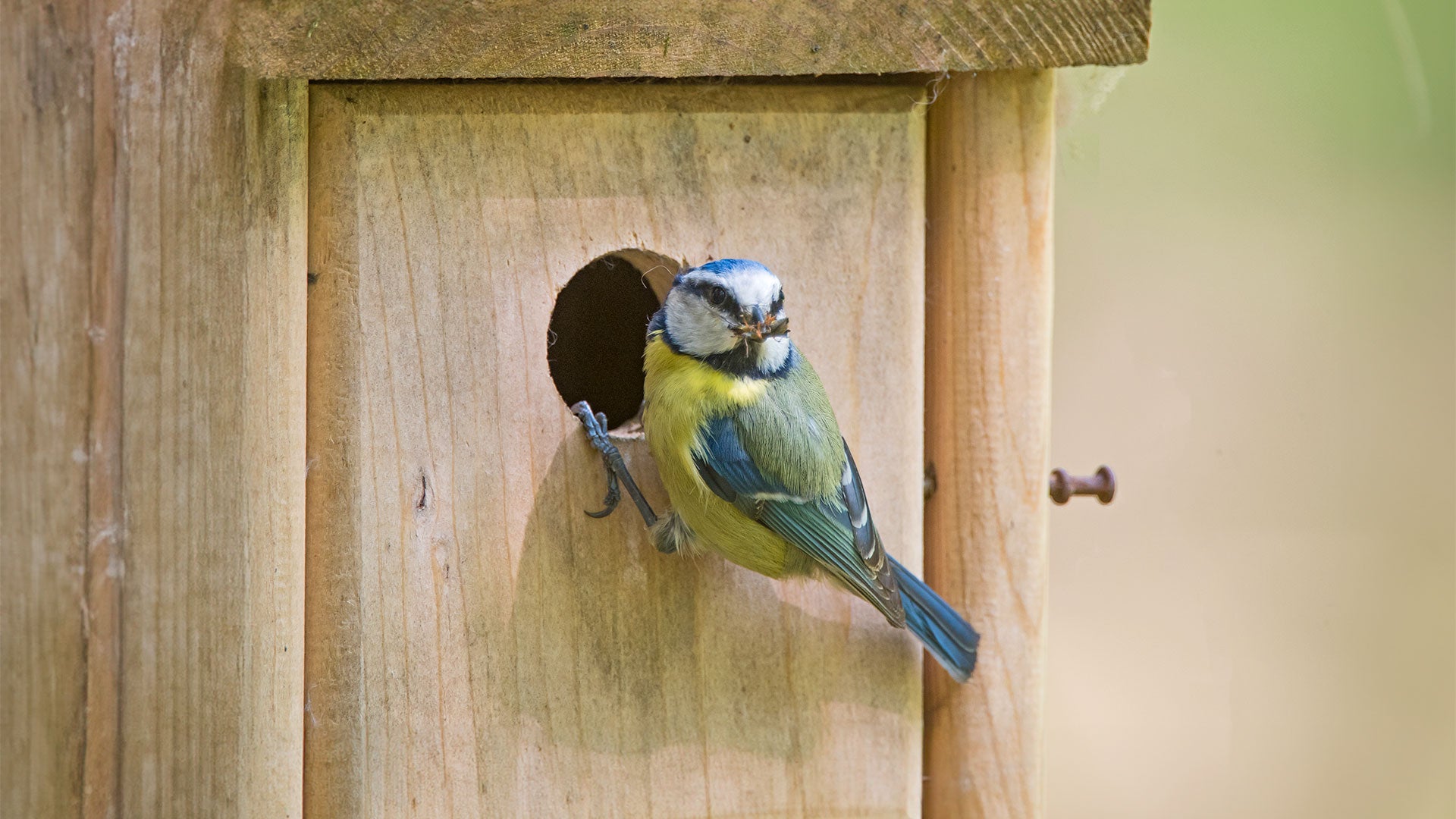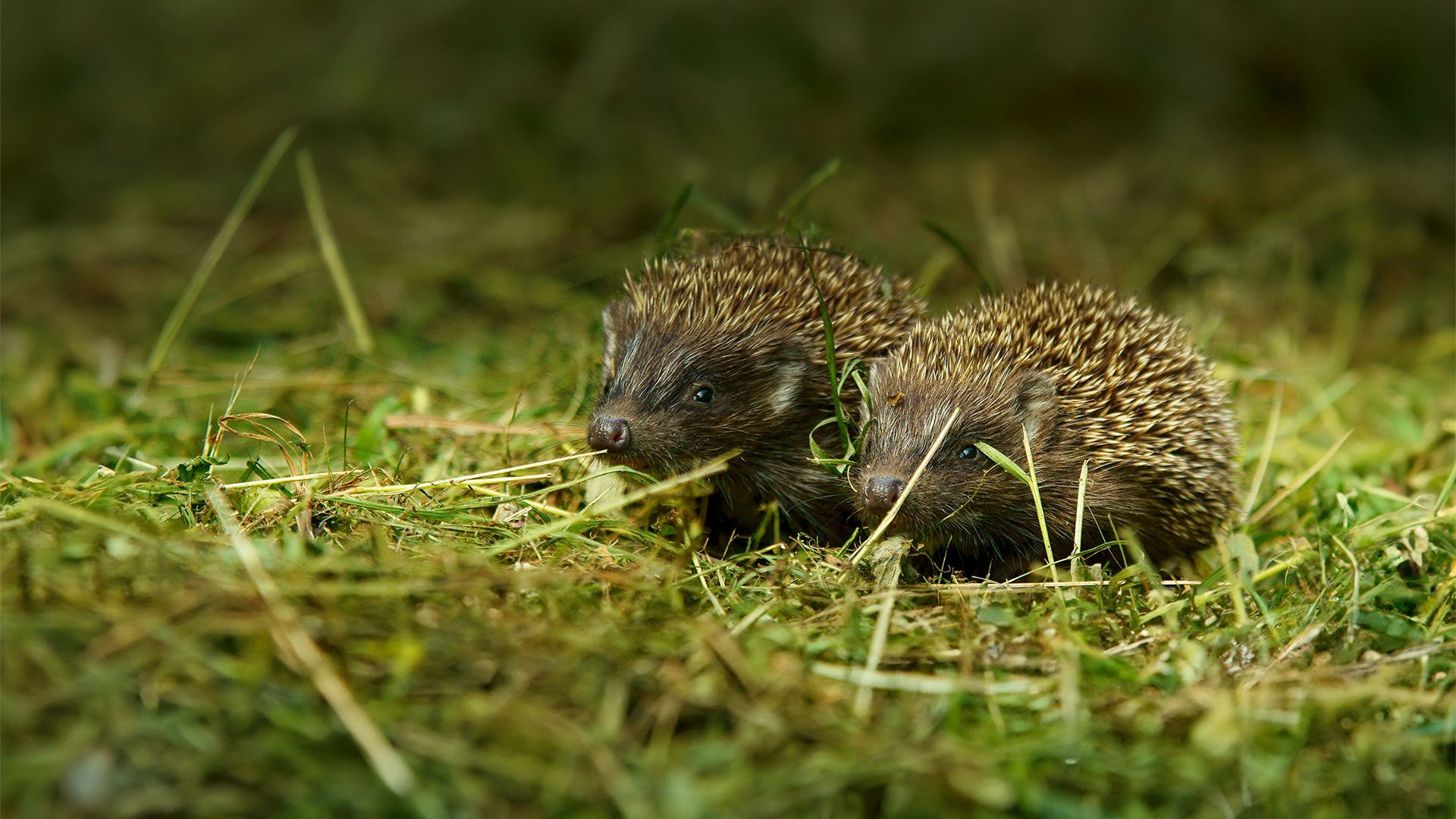Guest Blog - Author Bio
Jo Bisley founded Wild Hogs as a foster base for a couple of local rescues in 2010. Jo also founded Gloucestershire Hedgehog Network to try and ensure the hedgehogs in need were able to access rescues that offered veterinary care 24/7 and a high standard of care.
All over the UK, hedgehogs are beginning to wake up from hibernation. There are lots of easy, practical ways that we can help them throughout the Spring months.
Their urgent need will be fresh drinking water, in a sturdy ground level dish (to avoid tipping), and dry hedgehog food. Dry food will be a better choice than wet food as it can be left for longer, especially as we are unsure when they will awake. You can leave this food in a predator-proof hedgehog feeding station.
Hopefully they will start to breed in the coming weeks and after around 32 days gestation hoglets will be born. It is important to move bonfires before lighting, check well before strimming and carefully move compost piles as there may be nest of hoglets or hedgehogs sleeping in these areas. If you have an ornamental pond, ensure there is some way for hedgehogs to climb out. Pea netting and goal nets are also a common hazard. If netting is at least 8 inches off the ground hedgehogs can pass under safely. Goal nets need to be removed when not in use as they are a danger in general to wildlife and sometimes domestic pets.

What to do if you find a hedgehog out in the daytime?
Hedgehogs are generally shy nocturnal animals and if you see one out in the day something may be wrong. Apart from the obvious visible injuries such as dog bites, open wounds, fractures and burns there are other problems that could need attention. A hedgehog out in the day wobbling, unsteady on its feet, with flies around it or sunbathing (hedgehogs do not sunbathe) will need urgent medical attention.
If you find a seemingly uninjured hedgehog out in daylight during Spring, Summer and Autumn it could be a nursing mother foraging. It is very important if you find a hedgehog and feel you need to take it to a rescue that you write down the details of exactly where it was found. If it is a female and is too unwell to be released immediately then the rescue will be alerted to the possibility of hoglets and hopefully they can also be rescued or reunited quickly.

How should you pick up a hedgehog?
If you do need to pick up a hedgehog, always wear thick gloves or use a towel and put it in a high side box that it can’t climb out of, for example, a recycling box and cover with a towel. Fill an empty bottle or hot water bottle with hot, not boiling water, wrap in a towel and place next to hedgehog. Do not attempt to syringe water into the hedgehog’s mouth. You can give it bowl of water and a small amount of cat or dog food, but remove them before transporting to your local rescue centre.

These are hard times for the hedgehog, whose numbers have declined from an estimated 36 million to approximately 1 million in the last 50 years. There are many rescuers working hard for the survival of this native species. If you do need to take a hedgehog to a rescue centre or vet you can find out your nearest rescue centre by contacting the British Hedgehog Preservation Society or searching for local hedgehog rescuers on the internet.
Related External Internet Links:
Wild Hogs Hedgehog Rescue
British Hedgehog Preservation Society
Hedgehog Street
Ark Wildlife is not responsible for the content of external websites

